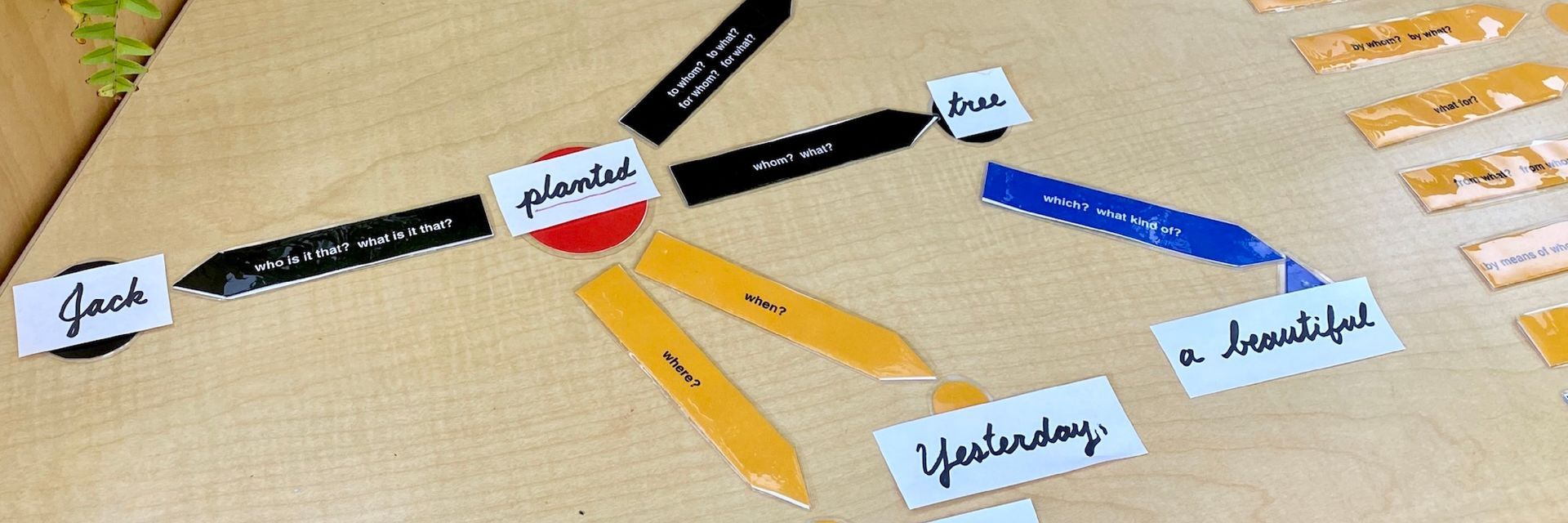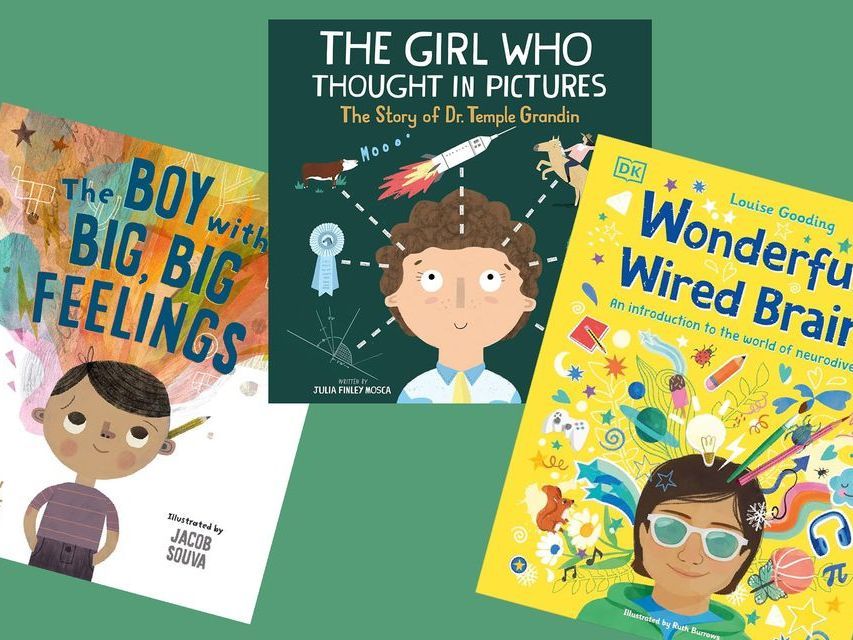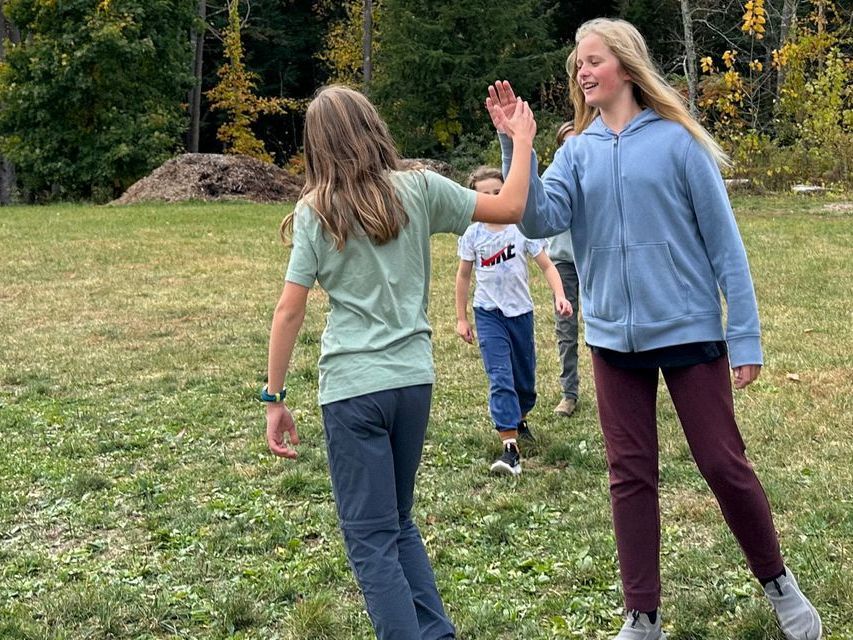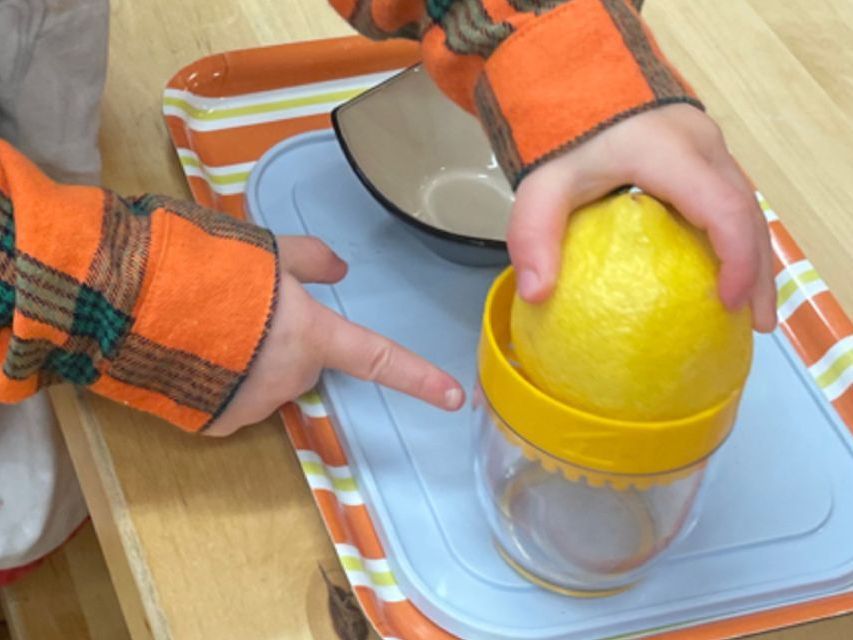Materials Spotlight: Miniature Environment and the Grammar Boxes

We love grammar! This probably doesn’t come as any surprise, considering we work at a school. In our humble opinion, Montessori grammar materials are so beautiful, and they do a great job of engaging children to learn about something many of us dreaded when we were young ourselves.
It all begins in the final year of primary or the first year of elementary, with a sweet introduction to the miniature environment.
The Miniature Environment/Function of Words
Traditionally, the miniature environment consists of a replica barn, complete with tiny toy animal figures, although some Montessori schools today have moved from the original farm and created other miniature environments.
When we think of grammar and six-year-olds, the goal is to let them graze. We don’t expect mastery. We want to introduce concepts in a way that is light and fun and makes them want to learn more.
This is where the farm animals come in.
Nouns are naming words, and six-year-olds are often still developing their reading skills. It’s so much fun for them to match labels to animals as they name cow, sheep, chicken, and even fence, barn, farmer. As time goes on, we introduce the concept of articles, and how their function is to introduce the noun. The cow, a sheep, an ox. Tiny paper labels lie alongside the figures as the child works. This progresses through all the parts of speech: adjectives, verbs, prepositions, adverbs, pronouns, conjunctions, and finally, interjections.
The Grammar Boxes
Of course, there’s more to grammar than adorable toy animals. As elementary children progress, they begin to use the grammar box materials. The grammar boxes consist of wooden boxes containing cards with words and phrases, sectioned trays to lay the cards in, and open-topped containers with larger index-sized cards.
We can start with the larger cards, which are called command cards. As with the functions of words lessons, these progress through the different parts of speech. The command cards direct children to physically do specific things. “Throw the eraser out the door” is a crowd favorite. This is one exciting way Montessori turns language work into something more hands on and participatory.
In addition to working their way through the command cards, children engage with the filling boxes, recreating phrases and sentences and identifying the various parts of speech.
At some point, the children learn the corresponding symbols for each part of speech (some are seen above in the picture), and they become able to write sentences in their notebooks and draw the correct symbols above each word.

Sentence Analysis
Montessori sentence analysis is not the same as the sentence diagramming some of us did when we were younger, but it is based on some of the same concepts.
At this point in a child's Montessori career, they are beginning to move toward what we call abstraction. That is, they are beginning to internalize concepts in a way that doesn’t require them to use hand-held manipulatives or materials nearly as often. This is obvious in that the sentence analysis materials are still moveable but are moving the child’s thinking toward abstraction. A series of wood circles and arrows, they help the child learn concepts like subjects and predicates.
Eventually, sometime later in the elementary, children explore all kinds of sentence analysis concepts, like indirect objects and adverbial extensions.
Want to learn more about the Montessori language curriculum and materials? Keep an eye on our blog as we highlight more throughout the school year

Contact Us
© 2024 The Montessori School of the Berkshires
PO Box 422, 21 Patterson Road, Lenox Dale, MA 01242









